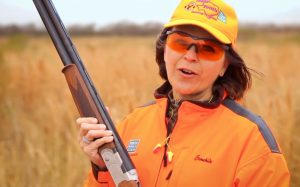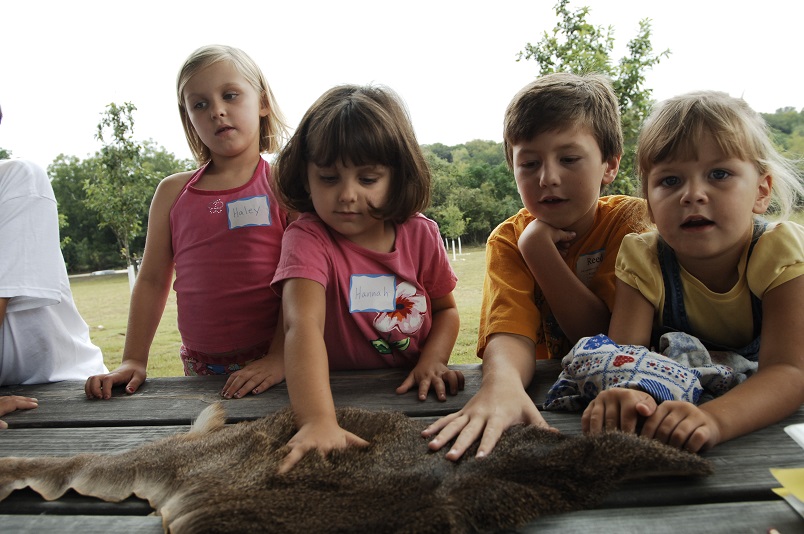Safe Zone of Fire
Wednesday, July 31st, 2019This is Passport to Texas
Before you discharge a firearm, ask yourself: what is my safe zone of fire? Not knowing can have devastating consequences. But how do you determine your safe zone?
It’s easy to find your safe zone of fire.
Heidi Rao is a Hunter Education Specialist for Texas Parks and Wildlife.
Start by focusing on an object ahead of you like a tree, hold your thumbs up and slowly bring them to the side of your body until your thumbs disappear from your vision. This is about a 45-degree angle and the area where you can safely take a shot. This is your safe zone of fire.
If you’re hunting with other people, never swing outside of your 45-degree safe zone of fire.
Another thing to think about is to be aware of is target fixation. When a bird flushes, you could easily forget about your surroundings and your safe zone of fire. If you’re excited and only focusing on your target, you can quickly lose track of your safe shooting zone. You can even lose sight of buildings and roadways. This is very dangerous.
Remember: firearm safety is your responsibility.
So, always be aware of your safe zone of fire, even when you’re excited.
View our hunter education video on Safe Zone of Fire, on the Texas Parks and Wildlife YouTube channel; just search Safe Zone of Fire.
Our show receives support from the Wildlife Restoration Program.
For Texas Parks and Wildlife…I’m Cecilia Nasti.






 Passport to Texas is a
Passport to Texas is a  Passport to Texas is made available by:
Passport to Texas is made available by: